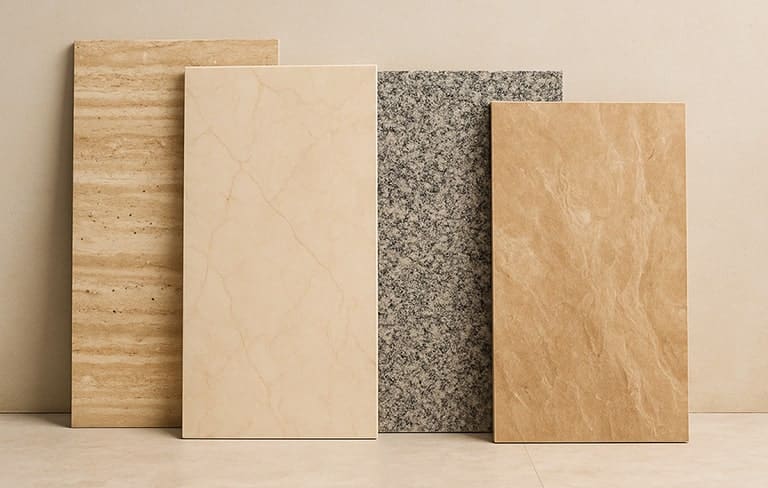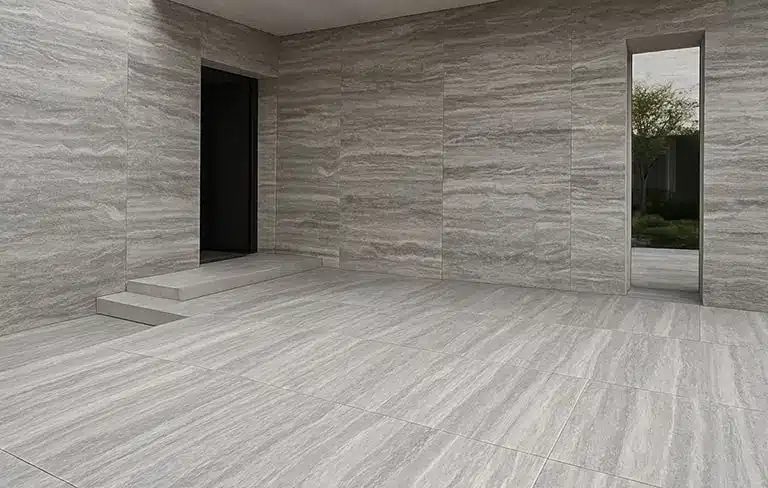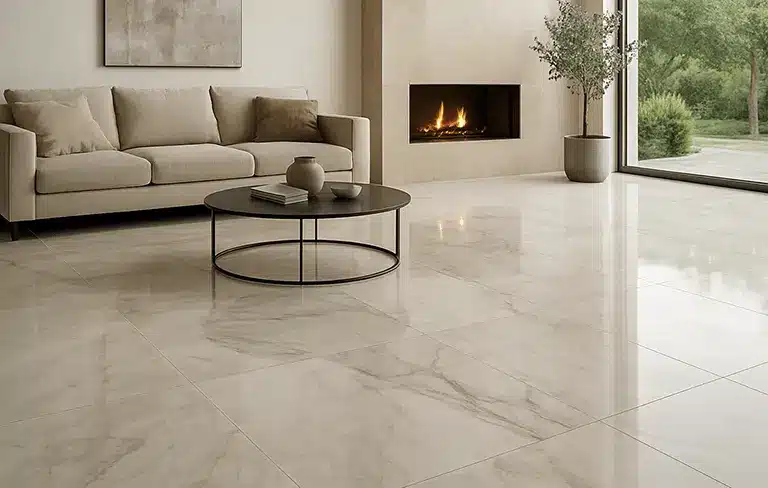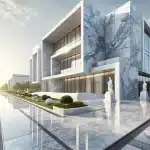
Chinese (Crystal) Stone & Its Applications in the Construction Industry
2025-02-06
The Use of Basalt Stone in Modern Architecture
2025-02-12The Symbolic and Functional Role of Stairs in Architecture
Stairs have always been one of the most essential elements of architectural design, serving both functional and aesthetic purposes. From ancient civilizations to modern architectural marvels, staircases have continuously evolved, adapting to technological advancements, cultural influences, and artistic trends. Beyond their practical role in facilitating movement between different levels of a structure, stairs also play a crucial symbolic role, representing progress, transition, and even power. This article explores the importance of staircases in architecture, their historical significance, and the innovations that have transformed them into artistic masterpieces.
The Functional Importance of Stairs
The primary purpose of stairs is to provide a means of moving between different elevations within a building or outdoor space. Whether in residential homes, public buildings, or urban landscapes, staircases ensure accessibility and efficiency. In high-rise structures, they act as essential emergency escape routes, supplementing elevators. Moreover, the design of a staircase affects the overall spatial organization, influencing the movement flow within a building. Architects carefully consider factors such as stair width, step height, and ergonomic comfort to create stairs that are not only safe but also enhance the user experience.
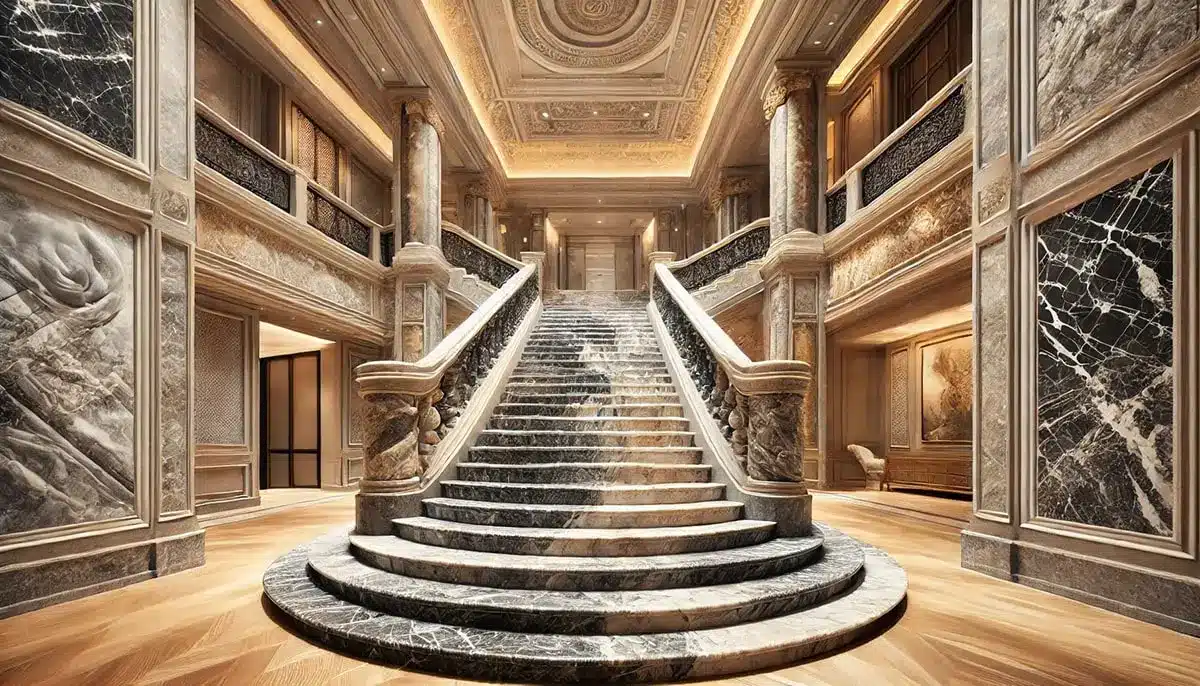
Historical Evolution of Staircases
Staircases have played a pivotal role in architecture for thousands of years. In ancient Egypt, grand staircases were incorporated into temple structures, signifying divine ascent. The Mesopotamians built monumental ziggurats with stairways leading to the heavens, reflecting religious beliefs. In classical Greek and Roman architecture, staircases were used in amphitheaters, palaces, and public spaces to provide access and enhance visual grandeur.
During the Renaissance, staircases became more than just a functional element—they turned into artistic statements. The double-helix staircase of Château de Chambord, attributed to Leonardo da Vinci, is a striking example of how stairs could combine elegance with engineering brilliance. In the Baroque era, grand staircases in palaces and mansions were designed to create dramatic entrances, symbolizing wealth and prestige.
Stairs as an Artistic and Symbolic Element
Stairs often convey deeper meanings in architecture. They symbolize movement, progress, and ascension. In religious and spiritual structures, staircases frequently represent the journey towards enlightenment. The grand staircases in historical palaces were designed to emphasize the power and social status of their occupants.
Modern architects have taken staircases beyond mere functionality, transforming them into sculptural elements. Floating staircases, spiral designs, and cantilevered steps create breathtaking visual effects, enhancing the overall ambiance of a space. Architects such as Zaha Hadid and Frank Lloyd Wright have redefined the staircase as an integral part of spatial storytelling, seamlessly blending form and function.
Innovations in Staircase Design
With advancements in materials and construction techniques, contemporary staircases have reached new heights of innovation. Glass, steel, and reinforced concrete allow for sleek, minimalist designs that defy traditional constraints. Smart staircases now incorporate lighting, motion sensors, and even energy-generating systems that harness kinetic energy from footsteps. Adaptive designs ensure accessibility for people with disabilities, promoting inclusivity in public spaces.
Conclusion
Stairs are more than just a means of moving between levels—they are fundamental architectural elements that embody functionality, beauty, and symbolism. From historical landmarks to modern masterpieces, staircases continue to evolve, reflecting artistic creativity and technological progress. Whether grand and opulent or sleek and minimalistic, staircases shape our built environment and enrich our architectural experience.


